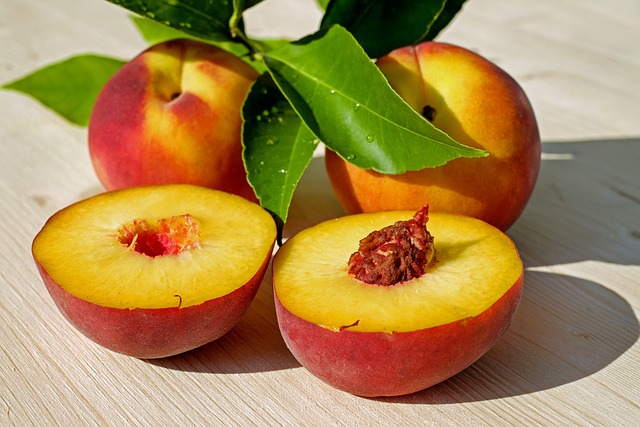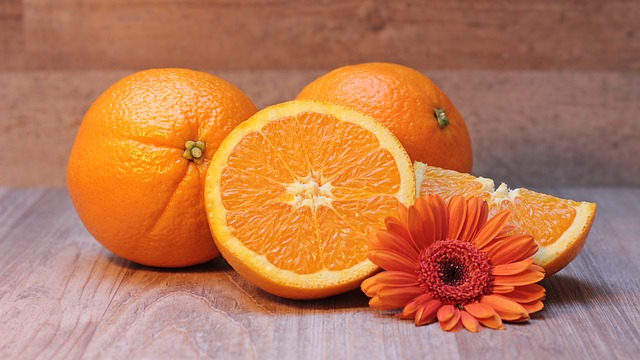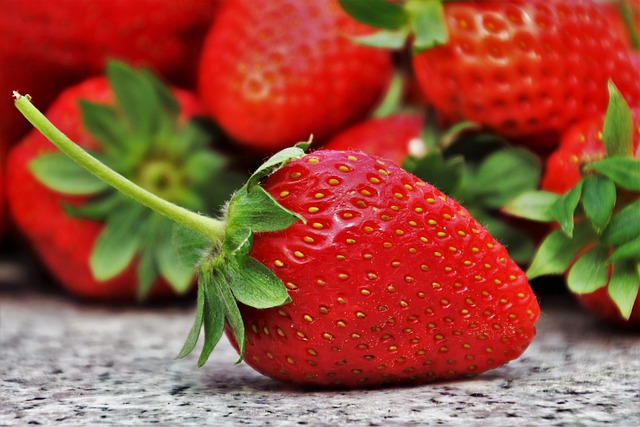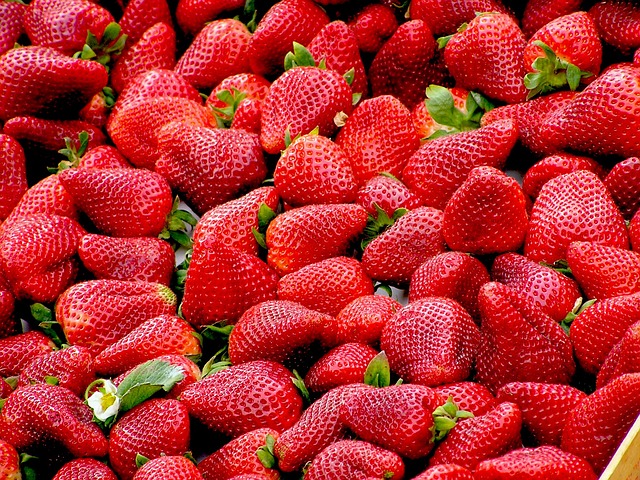Blog – Beyond Yogurt: Exploring Lesser-Known Sources of Probiotics
Introduction
Probiotics have gained significant attention in recent years for their potential health benefits. While yogurt is a well-known source of probiotics, there are other lesser-known sources that can provide a diverse range of beneficial bacteria to support gut health. In this blog post, we will delve into some of these fascinating sources and explore how you can incorporate them into your diet.
Kefir
Kefir is a fermented milk beverage that originated in the Caucasus region. It is made by introducing kefir grains, which are a combination of bacteria and yeast, to milk. The fermentation process produces a tangy, slightly fizzy drink that is rich in probiotics. Kefir contains a vast array of beneficial bacteria and yeasts, including Lactobacillus kefiranofaciens, Lactobacillus acidophilus, and Saccharomyces kefir. Regular consumption of kefir has been linked to improved digestion, enhanced immune function, and may even have anti-inflammatory properties.
Sauerkraut
Sauerkraut is a traditional German dish made from fermented cabbage. During the fermentation process, cabbage is shredded, mixed with salt, and left to ferment for several weeks. The natural bacteria present on the cabbage convert the sugars into lactic acid, creating a sour and tangy flavor. Sauerkraut is loaded with Lactobacillus bacteria, which are known to support gut health and aid in digestion. Additionally, it is a great source of fiber and vitamin C. Incorporating sauerkraut into your meals can add a zesty kick while also boosting your probiotic intake.
Miso
Miso is a traditional Japanese seasoning made from fermented soybeans, rice, and/or barley. It is commonly used in soups, marinades, and dressings, adding a unique umami flavor. Miso fermentation involves the use of a specific fungus called Aspergillus oryzae, which produces the enzymes necessary for fermentation. This process creates a product abundant in beneficial bacteria, primarily belonging to the genus Lactobacillus. These strains of bacteria can aid in digestion and promote a healthy gut microbiome. Miso is not only a culinary delight but also a probiotic powerhouse.
Kimchi
Kimchi is a staple in Korean cuisine, consisting of fermented vegetables, typically cabbage, radishes, and scallions, mixed with spices and seasonings. Much like sauerkraut, the fermentation process converts the sugars in the vegetables into lactic acid, resulting in a tangy and spicy condiment. Kimchi is packed with beneficial lactic acid bacteria, including Lactobacillus plantarum and Lactobacillus brevis. Consuming kimchi can contribute to a healthy gut environment and is believed to have potential anti-obesity and anti-inflammatory effects.
Kombucha
Kombucha is a fizzy and slightly sour tea-based drink that undergoes fermentation with the help of a SCOBY (Symbiotic Culture of Bacteria and Yeast). This unique culture contains a variety of probiotic bacteria and yeasts, which transform the sweetened tea into a refreshing and gut-friendly beverage. Kombucha is known for its probiotic benefits, aiding in digestion, balancing gut flora, and potentially boosting the immune system. It is available in various flavors and has become a popular choice for those seeking an alternative probiotic source.
Conclusion
While yogurt is often hailed for its probiotic content, it’s important to explore beyond this well-known source in order to diversify the range of beneficial bacteria in your diet. Incorporating kefir, sauerkraut, miso, kimchi, or kombucha into your meals can provide a plethora of probiotics and contribute to a healthier gut microbiome. Experiment with these lesser-known sources and expand your probiotic horizons for improved digestion and overall well-being.







